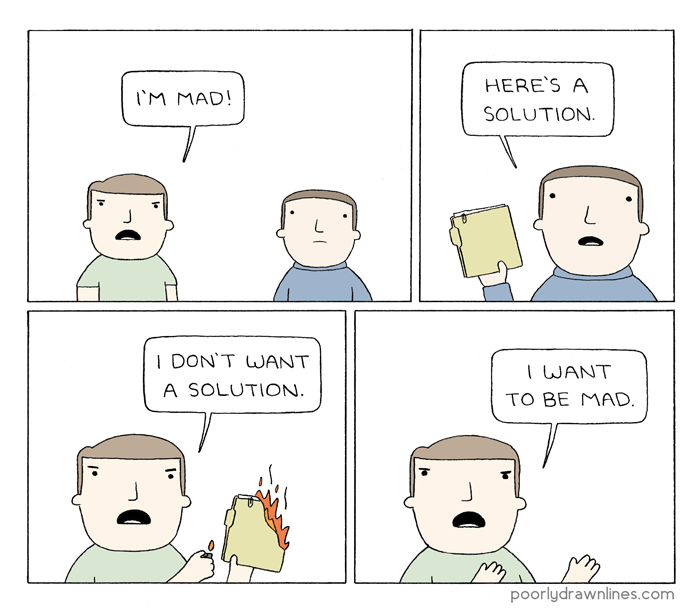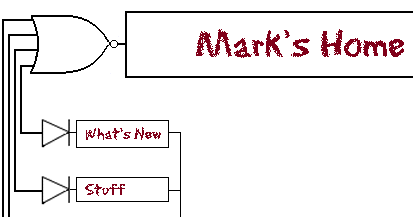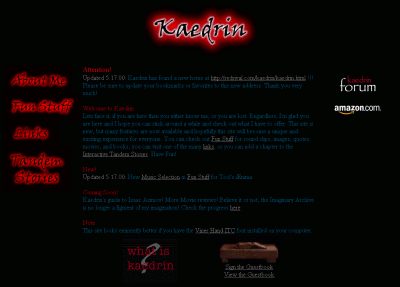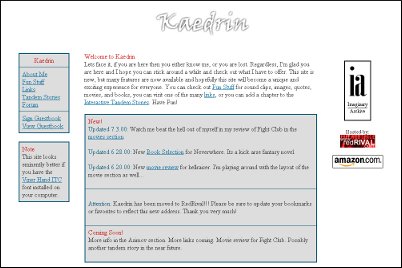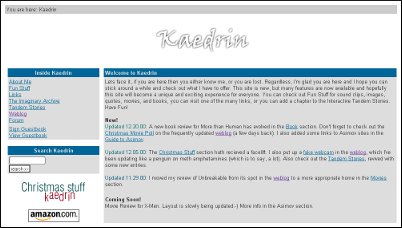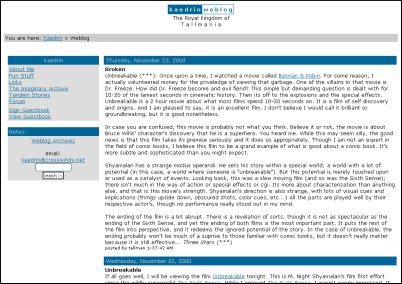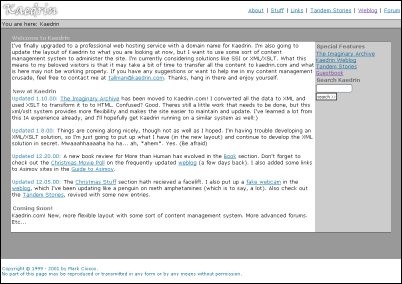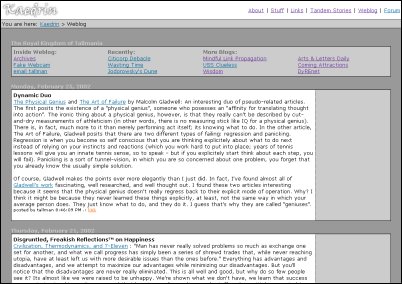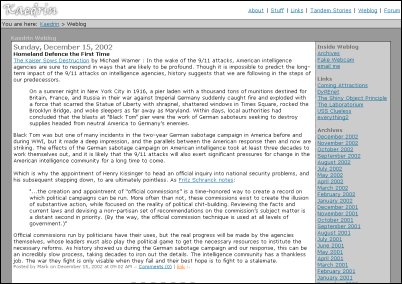Turn and Face the Strange
With apologies for two weeks in a row of naval gazey posts about blogging, I’m still playing around with WordPress. I managed to solve the most pressing issues for this initial migration from Movable Type to WordPress and have made the momentous transition from the old blog to the new. As described last week, this has already conferred many benefits, including HTTPS, a better responsive design, and pretty permalinks. That said, there are a few stragglers and other things that I still need to implement.
One thing that has struck me during this process is how easy a fresh installation is versus the challenges inherent in converting an existing site to a new system. This is something that has come up in my professional life as well. After decades of new systems being layered on top of old systems, we’re finally embarking on the process of retiring some of those older systems. It’s a challenging proposition, but the devil is in the details, and the details are all in the transition phase where the system to be retired still exists. Everyone loves designing a new system; no one loves retiring the old legacy systems and all the thrash implied in such an effort. Also, no one wants to lose functionality, just like I didn’t want to lose decades of blog posts and whatever Google juice I might have conjured up.
Look, this blog has never been popular and I’m not under any delusions here, but part of the reason it took so long to make this transition is that I didn’t really want to lose what I’d built up. Most of this was for my own edification, and thus, so is the transition, but at the same time, it wouldn’t be public if I didn’t want anyone to see it.
Anywho, here’s some remaining considerations:
- Adding Widgets – There are a few things that I used to have on my old blog page that I want to port over here, namely some introductory text and additional links (i.e. the blogroll, etc…) for the sidebar. It shouldn’t be too difficult, but I haven’t looked into it yet and from what I’ve seen, there’s probably some ideal way to do it that won’t involve mucking with design themes.
- Design Themes – Speaking of which, I’ve chosen a pretty basic design at the moment. One of the benefits of this process is that I should be able to change designs very easily… and there are tons of design themes out there for the picking. Navigating those themes is pretty rough though, and they tend to be very extensible, so even just previewing them can be awkward.
- Commenting – I played around with this last week and immediately started getting spam. I know the process of commenting on my old blog was awful, but it at least prevented spam. There are, of course, lots of plugins for this sort of thing, so I’ll just need to play around with it. I’ll probably try opening up commenting again today
- The Beer Blog – I’ve actually set up the WordPress version, which appears to be working well enough. It’s the transition that will kill me here. For some reason, I installed the original beer blog on a subdomain (it’s currently at beer.kaedrin.com). This, of course, does not play nice with WordPress (or, uh, vice versa). That said, I should be able to do something similar to here, which is to write up some regex code for .htaccess file to 301 redirect to the new site. Needless to say, my regex skills are not up to snuff at this point, so I’ll need to do some research and learning. In some ways, it’s nice to learn something technical to solve a problem. In other ways, I just want to get the new version up and running.
- Various and Sundry Cleanup – While importing all the entries for both blogs was a relatively easy process, not everything survived intact. There’s lots of weird formatting issues strewn about that probably should be cleaned up. That said, the prospect of going through thousands of posts to do such a thing is a bit daunting. But I will probably pick and choose individual posts to be cleaned up here and there.
- Stone Knives and Bearskins – So once I get all this fancy newfangled blog stuff sorted, I should probably go back and figure out some of the older content on the site (much of which pre-existed the original Blogger weblog, let alone Movable Type or WordPress). Some of it is probably fine to languish in obscurity, but some of it should probably be ported over here. Again, this will involve some sort of republishing and 301 redirects.
So yes, plenty of changes still to come. This process has been both easier than expected and yet some of the difficulties are exactly what I wanted to avoid. Good progress so far though, so let’s keep things moving.
